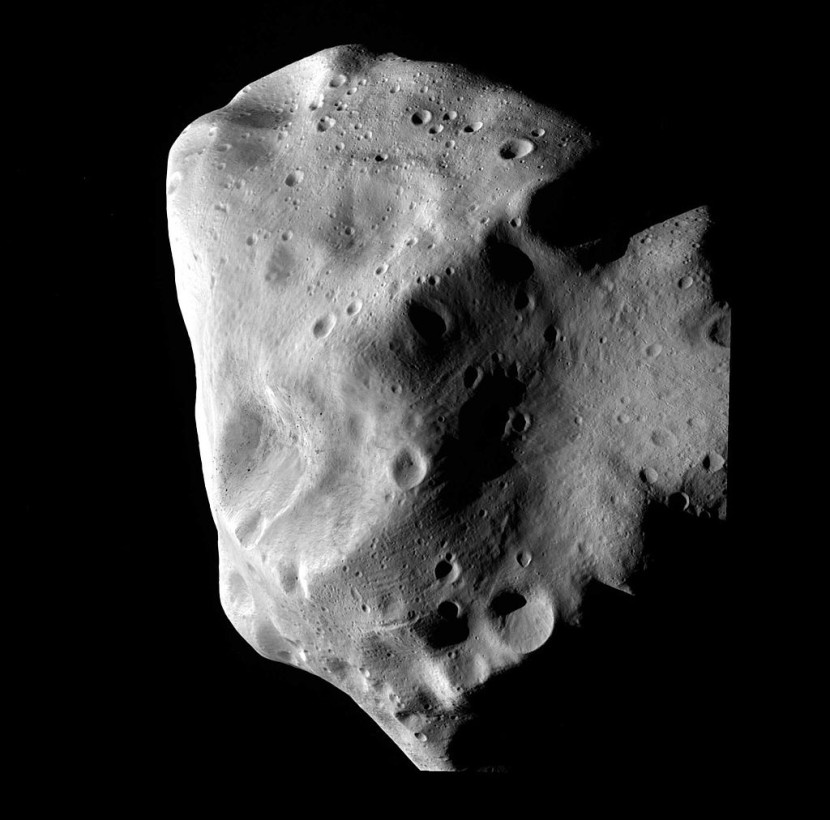On Thursday, a huge asteroid is heading toward Earth. Known as 2023 FM, the asteroid is between 120m and 270m in diameter and is reported to be "potentially hazardous," according to 7news.

The asteroid will pass by our planet on Thursday at a speed of 15.70km/s, at a distance of only under 3,000,000 km from Earth, according to NASA.
Why is it hazardous?
Asteroids bigger than 100 m in diameter are considered potentially hazardous asteroids when they come within 0.05 astronomical units of our planet.
The good news? It's not something you should be overly worried about. Unbeknownst to some, asteroids this huge and their distance from Earth pass by at least once a month.
Still, it's essential to know that a bigger asteroid is coming after 2023 FM-an asteroid that is 4.5 times bigger and will pass Earth next Thursday. The bigger asteroid is known as 2012 KY3. An asteroid this size and distance from Earth are seen once a year.
There is also a smaller asteroid with a 50m diameter that may potentially strike Earth on Valentine's Day in 2046. It is roughly the size of an Olympic swimming pool.
Also read: Scientists Discover Asteroid Samples that Suggest How Life on Earth Began
Asteroids That Pass By Earth
Asteroids passing by Earth, also known as near-Earth asteroids (NEAs), have been a topic of interest for many years. These small celestial bodies, ranging in size from a few meters to kilometers, pass by Earth frequently, and some have the potential to cause significant damage if they collide with our planet.
The study of NEAs is important for several reasons. Firstly, it allows us to better understand our solar system's origins and evolution. Many NEAs are believed to be remnants of the early solar system, and studying them can help us learn more about the formation of planets and other celestial bodies. Secondly, understanding the potential impact of NEAs on Earth is vital for developing strategies to mitigate the risk of a catastrophic event.
Asteroids passing by Earth are detected using various methods, including telescopes and radar systems. Astronomers constantly monitor the skies for signs of near-Earth asteroids, and new ones are continually being discovered.
In recent years, technological advances have made it possible to detect even smaller asteroids, giving us a better understanding of the population of NEAs in our solar system.
The majority of asteroids passing by Earth pose no threat to our planet. However, a small number of asteroids could potentially collide with Earth in the future. These are known as potentially hazardous asteroids (PHAs) and are defined as any asteroid that comes within 0.05 astronomical units (7.5 million kilometers) and has a diameter of at least 140 meters.
If a PHA collides with Earth, the impact could be devastating. The most famous example of this is the asteroid that is believed to have caused the extinction of the dinosaurs 66 million years ago. While the likelihood of a catastrophic asteroid impact is low, it is still a risk that needs to be taken seriously.
Scientists are developing various strategies to deflect an asteroid on a collision course with Earth to mitigate this risk. These include using spacecraft to nudge the asteroid off its trajectory or using explosives to break it into smaller pieces that are less likely to cause damage.
While the risk of a catastrophic asteroid impact is low, we must continue to study these celestial bodies and develop strategies to mitigate the risk. By doing so, we can ensure that we are prepared for any potential threats and continue to explore the incredible mysteries of our universe without fear.
Related article: 'Planet Killer' Asteroids Spotted! Will It Hit Earth?
© 2025 HNGN, All rights reserved. Do not reproduce without permission.








